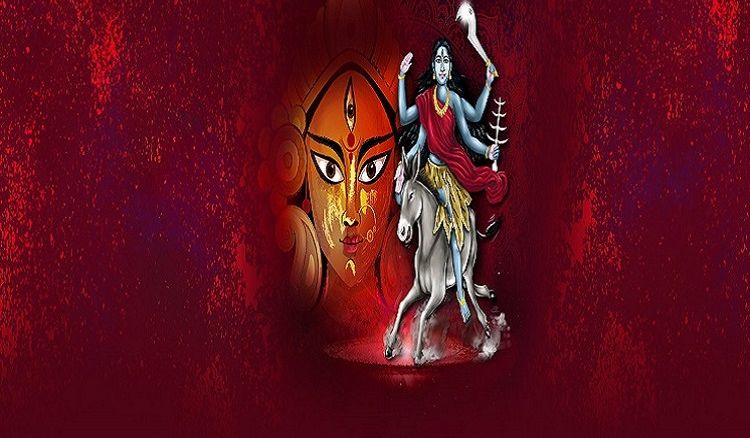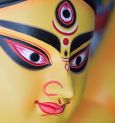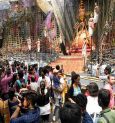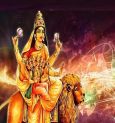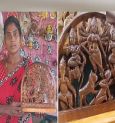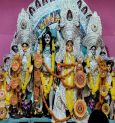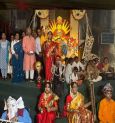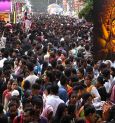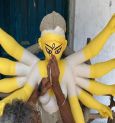The seventh day of Navaratri, known as “Maha Saptami,” holds significant importance in Hindu culture. This auspicious day is dedicated to Goddess Kaalratri, one of the nine forms of Goddess Durga, who is revered during the festival of Navaratri. Maha Saptami falls on the seventh day of the bright half of the lunar month of Ashwin, typically in September or October.
Goddess Kaalratri is depicted as a fierce and powerful deity, symbolizing the destructive and protective aspects of Durga. She is often depicted riding a donkey, with a dark complexion, wild hair, and a fearless demeanor. Devotees believe that worshipping Kaalratri on this day can eliminate negativity, fear, and obstacles from their lives.
The day begins with rituals and prayers at temples and homes. Devotees wake up early, take a holy bath, and offer flowers, incense, and lamps to the goddess. Special pujas and havans (fire ceremonies) are conducted to seek her blessings. Fasting is a common practice on Maha Saptami, where devotees abstain from food or eat a simple meal as an act of self-discipline.
One of the prominent rituals of Maha Saptami is the “Kanya Pujan” or the worship of young girls, symbolizing the divine feminine energy. Nine young girls, considered to be representations of the nine forms of Durga, are invited into the home and honored with gifts and a sumptuous meal.
Cultural events and processions are organized in various parts of India, showcasing traditional dance and music forms. In West Bengal, the famous Durga Puja pandals (temporary structures) come to life with elaborate decorations and artistic displays of the goddess.
Maha Saptami marks the beginning of the main festivities during Navaratri, with the preceding days leading up to this significant point. It is a time when devotees seek the strength and protection of Goddess Kaalratri to overcome challenges and purify their minds and souls, ultimately embracing the triumph of good over evil.
 বাংলায় পড়ুন
বাংলায় পড়ুন


